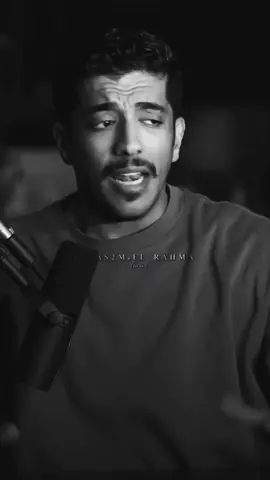Estúdio 5º Elemento
Region: BR
Friday 26 July 2024 12:13:16 GMT
8226
1070
12
13
Music
Download
Comments
KiraPrime :
😂😂😂😂😂
2024-07-27 02:52:39
0
jonaspatrocniodas :
Muito bom. Você tem propriedade para falar. Não entendo sobre moda, mas na minha opinião ficou uma desgraça.
2024-07-26 14:21:52
1
heccatte2347 :
ninguém gostou 😂
2024-07-31 22:28:16
0
Genizia Carlos :
uniformes de penitenciária, horrorosos,cafona e Paupérrimo. Tudo dentro do saco de Batata, ficou ótimo,🤣🤣🤣🤣🤣🤣🤣
2024-07-31 07:41:23
0
claupace20 :
Pra ficar feio tinha que melhorar mais 😃😃
2024-07-26 16:32:43
0
junjioor :
Só podia ser esse Bolsonar.... Não pera 😐🤡
2024-07-26 16:12:27
0
Bianca Passos :
Não foi a Janja que liberou ??? kkkkkk
2024-07-26 15:48:20
0
bonitona :
😂😂😂😂😂😂😂😂😂😂😂😂😂
2024-07-26 15:01:51
0
Lucas M. :
agora vai querer tirar o deles da reta 🤣
2024-07-26 14:39:24
0
MARCOS PAULO :
😂😂😂
2024-07-26 14:29:25
0
fabioluizzamboni :
🤣🤣🤣🤣🤣 ah tá brasilllllllll
2024-07-26 12:46:48
0
MONO VOX :
😂😂😂😂😂😂😂😂😂😂😂😂😂
2024-07-26 12:41:03
0
To see more videos from user @estudio5elemento, please go to the Tikwm
homepage.





